Features: O-36 operation (A unit), O-45 operation (B unit); two can-style motors; Lionel TrainMaster and RailSounds; speed control; coil coupler; smoke unit
Current-production road names: Burlington Route, Chicago & North Western, Great Northern, Jersey Central, Missouri-Kansas-Texas, and Union Pacific, and undecorated
Well, the Burlington did! It was in keeping with the clean streamlined look of the early Zephyr-style train sets the Chicago, Burlington & Quincy fielded. You know, glamorous, futuristic, and fast – travel as an adventure and not a chore.
So when I opened the box from Atlas, I let out a “Yowza!” I was glad it wasn’t something solid blue with just the letters “B” and “O” on the side. I’m not knocking the Baltimore & Ohio, but that railroad’s basic blue paint scheme wasn’t exactly epic artwork, now was it?
Anyway, the handsome O gauge F3 diesel under review was literally made for the highly detailed California Zephyr set.
Opening the box
I always like it when I open a box and see a detail point that makes me say, “Wow!” On this model what has me enthused are the screens on the side. They are see-through, of course, and the silver paint makes the most of darkening the see-through that ramps up the contrast with the structural details behind the screens. This can be tricky to see.
The next most distinctive element is the nose, which has a haughty, aristocratic look accentuated by the black moustache, err, striping beneath the headlight.
There are two large lights on the nose. The top is an oscillating warning light with accent painting on the sides that suggested to me railroad tracks receding into the distance. The headlight is nose door, in the midst of the black striping, just above the Burlington Route logo. Classification lights are just above the number boards.
Speaking of the hatch, there is an add-on handle plus add-on grab irons on both sides of it. Each of the cab windshields has an add-on wiper arm, and there are two add-on horns just above the windows.
The pilot has an uncoupler arm, grab irons, and an air brake line. If you don’t plan on using the front coupler, Atlas includes a scale pilot you can install for a more realistic appearance.
The flanks have two doors (one for the cab and the other for the engine compartment). There are three add-on steps and handrails: two for the doors and one at the end of the engine for a hostler or trainman to ride short distances. The fuel tank has a red fill cap and a simulated sight gauge.
The trucks are beautiful in silver and show brake line and brake pad details that might get lost if painted black.
On the rear of the cab unit you’ll find a hard plastic diaphragm that is a bit flexible, a cast-in door with frame and handle detailing, and multiple-unit and brake lines at just about coupler level.
The roof is smooth, but with appropriate rivet and seam detail. There are add-on lift rings behind the cab. The four fans have raised, rather than flat housings. The exhausts are between the outer fans.
The model has the rooftop hardware for the steam generation equipment as well as additional lift rings.
The silver paint was flawless. The tasteful red accents along the carbody, as well as the black striping on the nose, enhanced the dignity of the model’s look.
The toughest thing to say about the decoration of the locomotive is what our photographers noted, namely, silver is a challenging color to photograph. Well, I think the photos do it justice.
On the test track
Once you power up this O gauge diesel, the simulated right-left syncopation of the upper headlight will make you smile. It looks terrific in an illuminated room and even better running in the dark. But a fancy light doesn’t account for much if the rest of the locomotive is a dud. Let me assure you this model is no slacker.
The speed steps had been improved for better operation with Lionel’s Legacy command. It is a bit hard to quantify, but the improved speed steps took me by surprise.
When using the Legacy controller, I gave the speed knob a nudge with my thumb and the model rocketed in response. It also slowed down at once! It was exceptionally quick – and smooth – in responding to changes in speed – almost immediate responses that nearly resulted in an off-the-table event. Twice. This model has smooth running and excellent speed control.
The Electric RR Co. speed controller is outstanding, maintaining consistent speeds throughout our testing.
The sound suite is a nice prime mover sound, reproduced very well. The horn and bell tones are very good. One note about the horn sound that re-states the obvious, but perhaps forgotten factoid: While it sounds good using a conventional transformer horn control, using the horn control of the Legacy remote lets you fiddle with it to the point you will be looking for any excuse to sound the warning!
In conventional mode, the F3’s low-speed average was 5.8 scale miles per hour; using the Lionel Legacy system in CAB-1 mode, the low speed was 3.9 scale miles per hour. Our high-speed average was 72.7 scale miles per hour. Drawbar pull for the model was 1 pound, 7 ounces.
The Burlington F3 diesel from Atlas is a superb product that will warm the hearts of streamliner fans as well as enthusiasts of the CB&Q. Quality isn’t only skin deep with this O gauge engine – you’ll experience it as soon as it starts rolling down the rails. Oh, and if you don’t have a Zephyr passenger set – fear not – your freight cars will feel honored to be pulled by this baby!





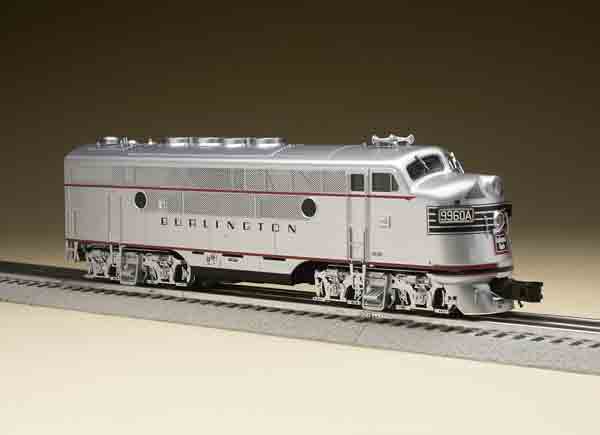

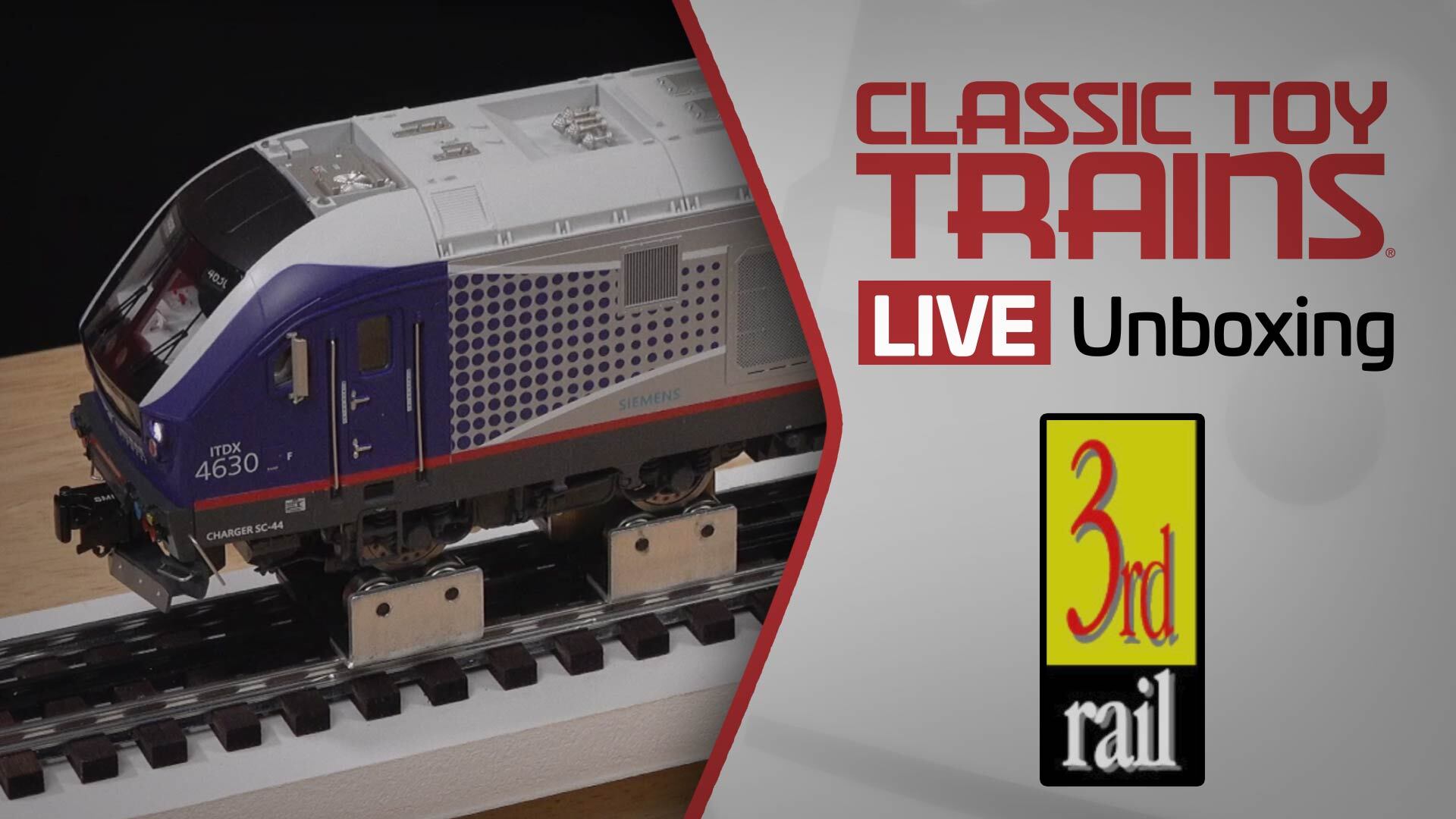
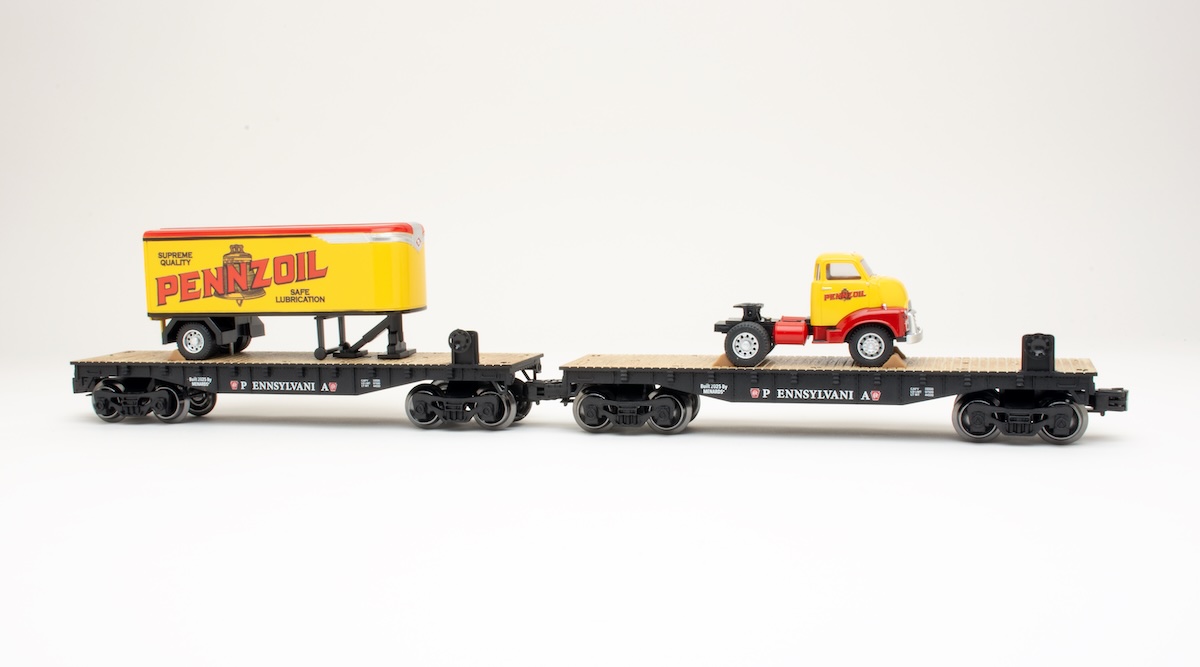
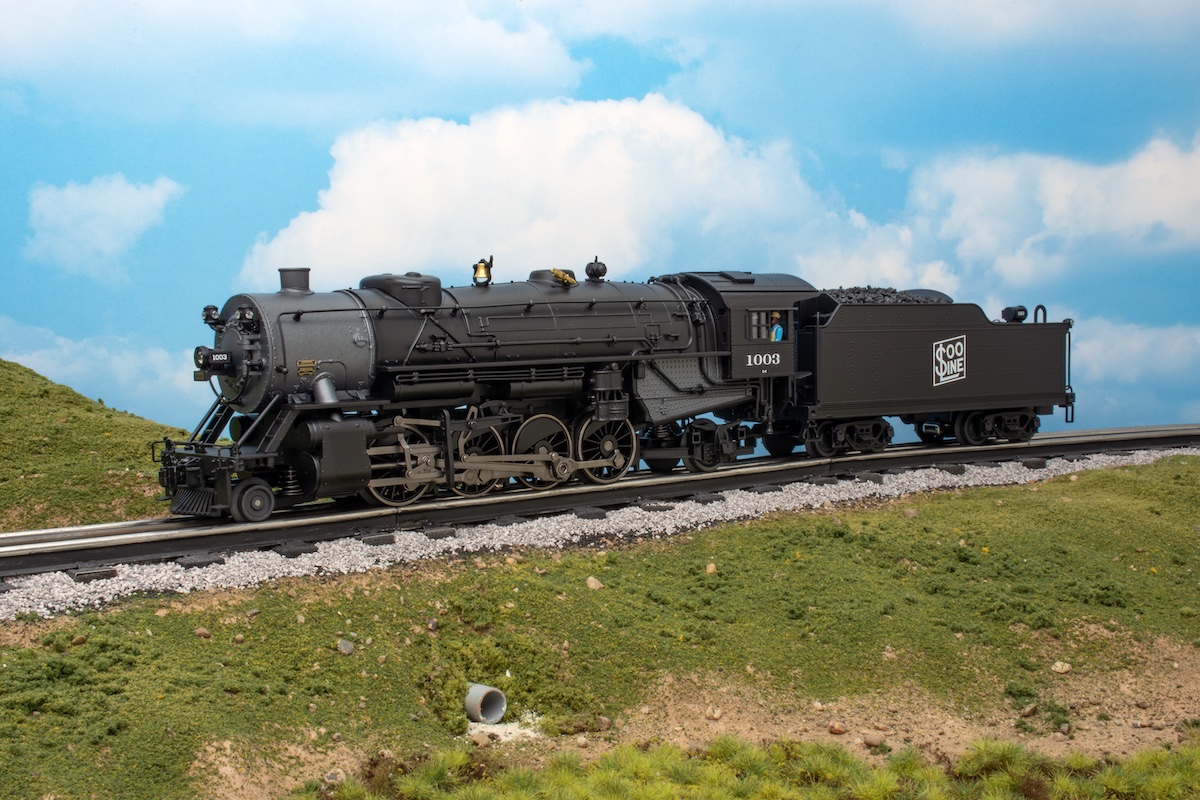
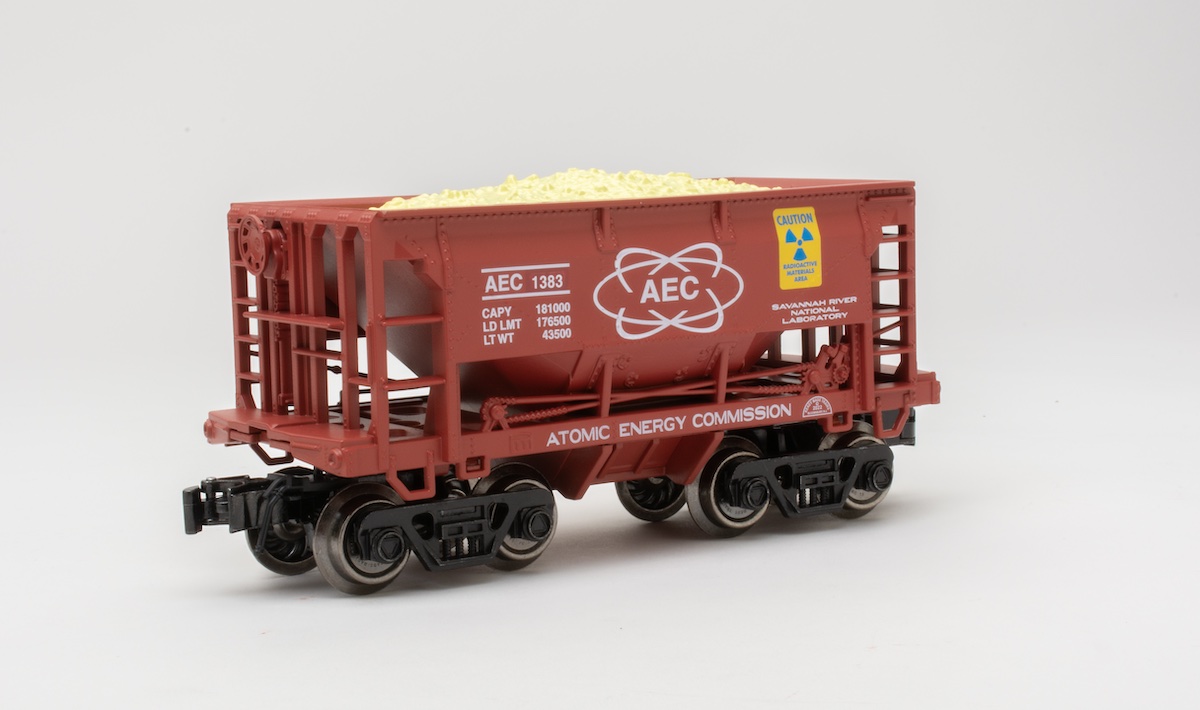




Unfortunately I own the F3 series prior to this one. No smoke. From your description the coil coupler is in front? A dummy coupler is in the rear at least on mine. If Atlas made any revisions, they should have placed the operating coupler in the rear, where it belongs. They certainly run smoothly with Legacy though. If only Jim Weaver were alive, Atlas would have gotten it right.